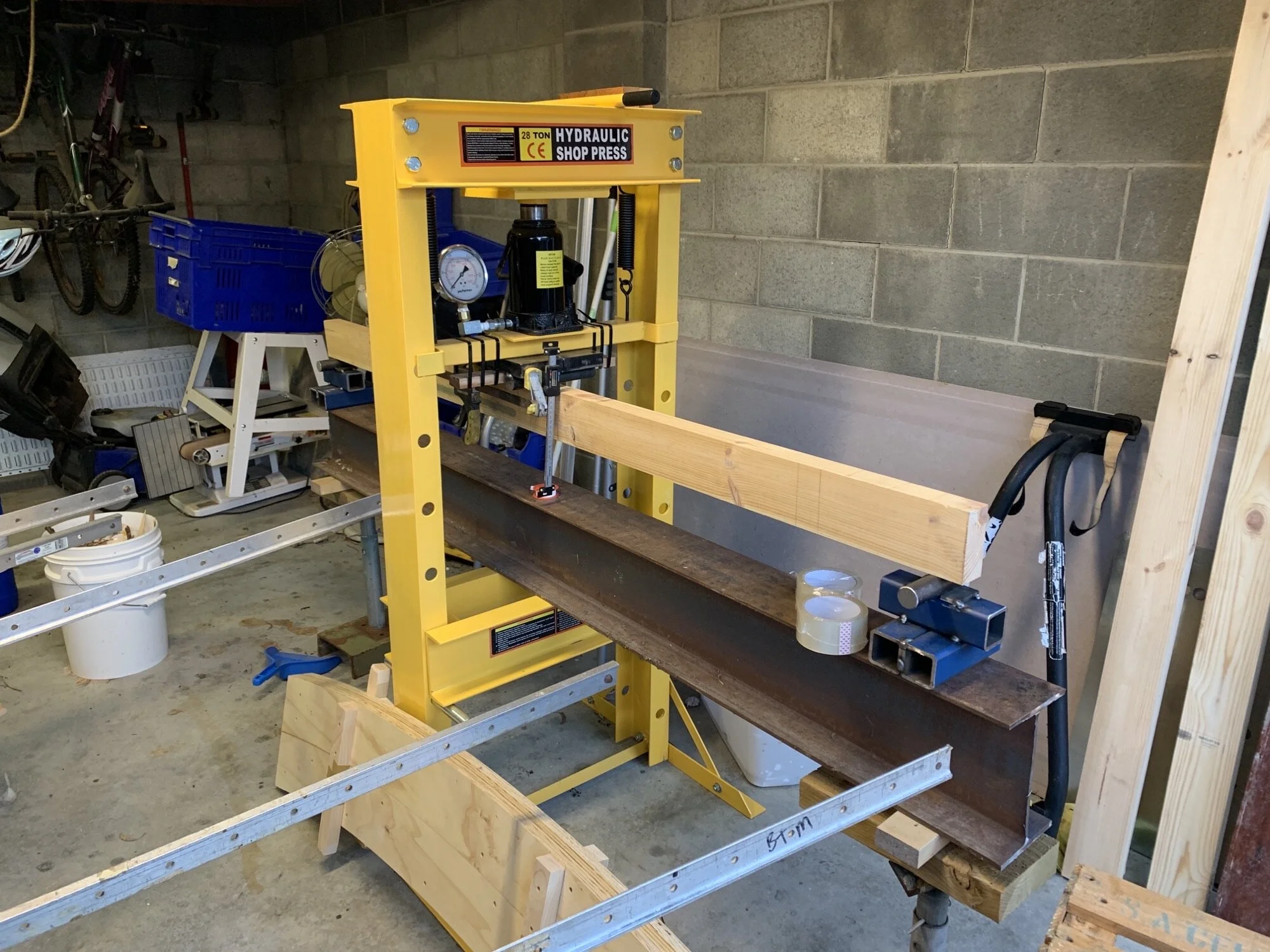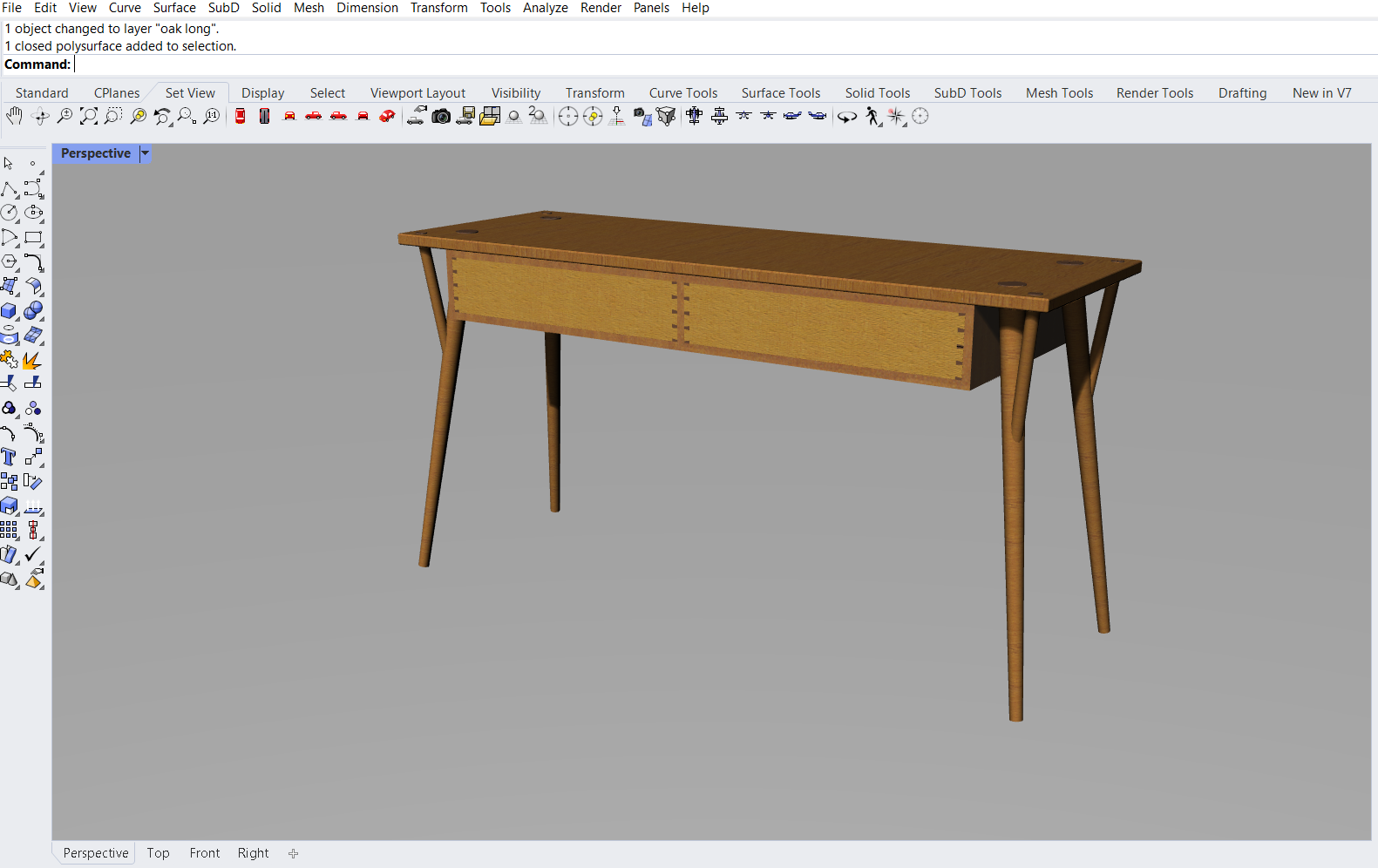Services
Consultancy
Research projects, national and international
Tasmanian minor species identification and uses
Milling and drying Tasmanian minor species
Design for manufacture
Plantation Eucalypt species, product development
Milling and drying plantation eucalypt
Timber Adhesives traditional and non toxic
Steam bending
Veneering methods
Thermal modification of timber
High value uses for plantation Eucalypts, nitens and globulus
Non toxic timber adhesives
Lamination processes to improve strength
Steam bending non traditional materials
Manufacture of veneered products (ply and LVL)
Research documentation, preparing reports and literature reviews to meet clients needs
Commissions
Design for manufacture
Sketch through to production
Freestanding and inbuilt commissions
Furniture
Large scale interior fitouts
CAD Design and drafting
CAD modelling
Packages used Rhino, Autocad
3D modelling
CAD design for production
3D scanning and cloud data manipulation
Research and innovation
Vacuum pressing equipment
Steam generators
Thermal Modification processes including development of equipment
Designing for specific manufacturers
Designing jigs for production
Test chamber
Thermal modification, experiments to determine the suitability of Tasmanian timbers to be processed. This prototype was made to test the various methods to determine the most suitable to take into production scale. These tests proved that Tasmanian and plantation species were capable of being processed.
Plantation Eucalypt, thermal modification experiments
The differing colours represent the temperatures the samples have been heated to. The range is from top with no treatment to bottom at the highest temperature possible. In European this process has proved significant in reducing expansion and contraction of timber. From these tests the normal range in this eucalypt species of .7% summer to winter reduced to .2% expansion and contraction. This process reduces degrade in external applications by eliminating fungal attack and reducing penetration of water into the treated material.
This process is also becoming common in high end musical instrument manufacture as the timber becomes more acoustically resent.
Thermal modification of Silver Wattle (Acacia dealbata) showing the range of colours achieved, this process allows timber to be used in external applications, making the material highly water resistant. This method of treatment supresses bacterial attack, also reduces the normal expansion and contraction of the treated timbers. The process also stabilises the treated timber reducing in service expansion and contraction.
CAD Drawing through to manufacturing
The process I use to make furniture items some times involves CAD drafting, the ability to get a 3D sketch is use full when making design decisions. My normal process does not replicate the drawing, there are subtle changes that have to be made whilst the making process is under way.










